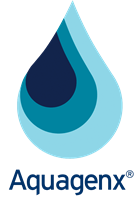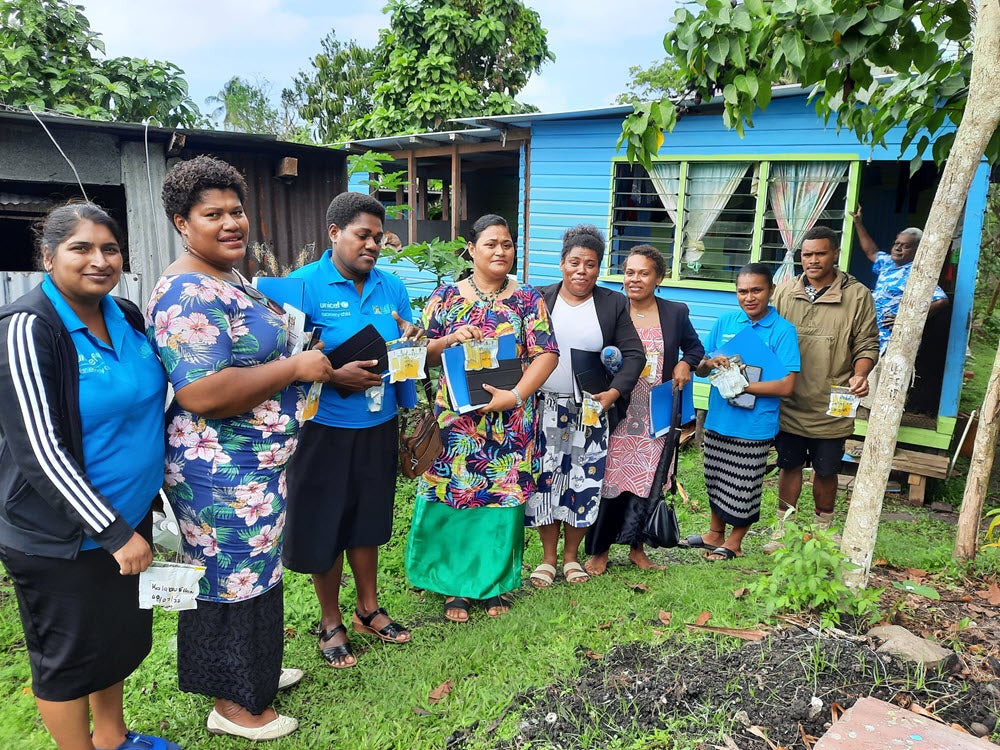Aquagenx Technical Brief:
Microbial Water Quality Sampling Guidelines for Drinking Water
Why Test for E. coli Bacteria
The World Health Organization (WHO) Guidelines for Drinking Water Quality say E. coli is the preferred indicator organism for fecal contamination. They recommend testing for E. coli in a 100 mL water sample. Why recommend E. coli bacteria?
The concentration of pathogens in a water sample can be small, but the number of different pathogens can be very large. Therefore, we use “indirect evidence” and indicator organisms to detect potential pathogens.
The greatest microbial waterborne risk to health is transmitted through fecal pathogens found in the intestines of humans and warm-blooded animals. E. coli is generally considered to be the most reliable indicator for fecal contamination because it is typically not found reproducing or growing in the environment. It is introduced into the environment by the feces of humans and animals.
Intermittent Contamination of Drinking Water Sources
Water quality changes over time. Water sources and systems are highly dynamic. There is always the risk of intermittent contamination. Recontamination of E. coli bacteria can occur in wells, boreholes, surface waters and other water sources.
See the Aquagenx webpage that reviews how water sources can become recontaminated: https://www.aquagenx.com/intemittent-contamination/
Sampling Number and Frequency
For sampling number and frequency, there is no one-size-fits-all answer. The sampling number ultimately depends on what you are testing and what you would like to figure out. For example, if you are testing a water system, sampling should occur at the water source, different distribution points and at different time points. If you are testing multiple water points, it is usually best to sample each water point at least once each season.
If the test results are negative for E. coli, this is a good indication that the water is low health risk and “safe” at that time. If a sample from a water point gives positive results for E. coli, it is best to analyze another sample from the same water point. If the results of the second analysis are positive for E. coli, this is good evidence the water point is contaminated.
Because of the risk of intermittent contamination, retesting water periodically is recommended. The frequency of retesting depends on the vulnerabilities of the water source and supply system. Some water systems and sources are more stable and better protected and maintained than others.
Water quality testing should be more frequent if the water point is used by more people because more people are at risk if the water becomes contaminated from an intermittent event or phenomenon such as flooding or precipitation.
Corrective Actions to Improve Water Quality
When water contaminated by E. coli is found, actions should be taken to identify the reasons for the contamination by doing a sanitary assessment or sanitary inspection.
The corrections may be obvious for surface waters, such as restricting animals from accessing the water and not allowing the water to be used for other purposes such as human or animal waste disposal or bathing.
For groundwater sources, it may be more difficult to assess the reasons for E. coli contamination, as this may depend in local geohydrological conditions and fecal waste sources and their potential to impact the source. However, sometimes the potential sources are obvious, such as a shallow or open well, or a well with a defective casing or liner.
For unimproved waters that are typically of higher risks, treating the water is probably the best immediate intervention, perhaps at the water source point where the water is collected, or at the point of use in the household.
Another recommended action is to begin steps to correct any water point deficiencies found, based on the sanitary inspection/assessment. The actions depend on the types of deficiencies detected.
Ensuring Water Safety
The goal of water quality monitoring programs is to ensure safe drinking water by preventing contamination, managing risk, and verifying corrective remediation actions are effective. There are two sets of excellent tools that help organizations monitor and improve water quality.
WHO Guidelines for Drinking Water Quality recommend Water Safety Plans (WSPs) as the most effective means of consistently ensuring the safety and acceptability of a drinking water supply. WHO provides resources on water safety planning and sanitary inspections:
https://www.who.int/teams/environment-climate-change-and-health/water-sanitation-and-health/water-safety-and-quality/water-safety-planning
USAID utilizes a Water Quality Assurance Plan (WQAP) to improve water quality and service through standardized, robust monitoring. USAID also provides resources for organizations.WQAP Template:
https://www.usaid.gov/environmental-procedures/environmental-compliance-esdm-program-cycle/special-compliance-topics/water
Technical Guide on Drinking Water Quality Monitoring: https://www.fsnnetwork.org/sites/default/files/2022-03/STC_TechnicalGuideonDrinkingWater_FINAL-EN.pdf

